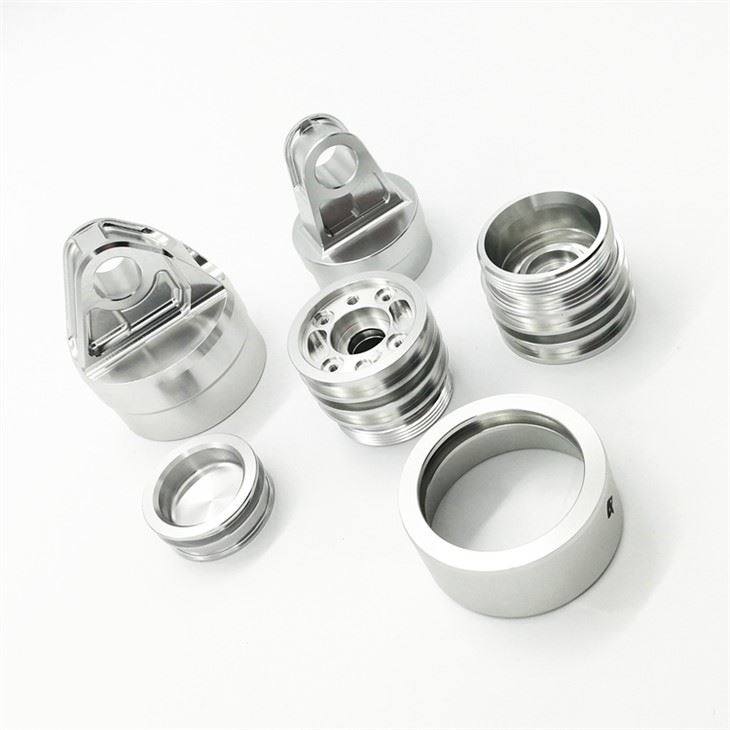Greetings, machining enthusiasts! Today, we’re diving into advanced manufacturing as we explore the fascinating world of 5-axis CNC machining.
1: Understanding 5-Axis CNC Machining
In simple terms, 5-axis CNC machining allows a cutting tool to move along five different axes simultaneously, providing greater freedom and capabilities for creating intricate designs. But what exactly are these five axes?
2: Exploring the Axes in Detail
The standard X, Y, and Z axes represent 3D movements, but 5-axis machining also introduces the A and B axes for rotational movement. Imagine a precision instrument that can maneuver from any angle, sculpting intricate designs with unparalleled accuracy. Unlike traditional 3-axis machines limited to X, Y, and Z movements, 5-axis machines enable the cutting tool to access hard-to-reach areas and create complex geometries with ease.
3: Unveiling the Benefits of 5-Axis CNC Machining
Let’s look at the many benefits of 5-axis CNC machining: increased efficiency, reduced production time, the ability to machine complex shapes, high precision, repeatability, and cost savings. With fewer setups required, production time and the potential for errors decrease. These machines excel at creating intricate geometries, ensuring high precision and repeatability. They also produce superior surface finishes, reducing the need for post-processing. By optimizing tool paths and reducing cycle times, 5-axis CNC machining streamlines operations and maximizes the bottom line.
4: Discussing the Limitations of 5-Axis CNC Machining
Of course, like any technology, 5-axis CNC machining has its challenges: high initial costs, additional programming requirements, and increased operational complexity. The initial investment is significant, and programming can be time-consuming and demanding. Skilled operators are essential, as they must undergo rigorous training to operate these machines safely and efficiently.
5: Exploring the Versatility of Parts Produced with 5-Axis CNC Machining
What types of parts can be machined with 5-axis CNC? Its versatility makes it ideal for a wide range of geometries, including complex contours, turbine blades, impellers, molds, aerospace components, and medical implants. From box-type parts to complex surface components, a 5-axis machining center can handle it all with precision and finesse.
Post time: Dec-05-2024

